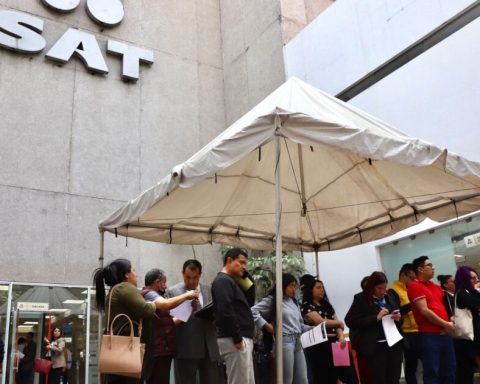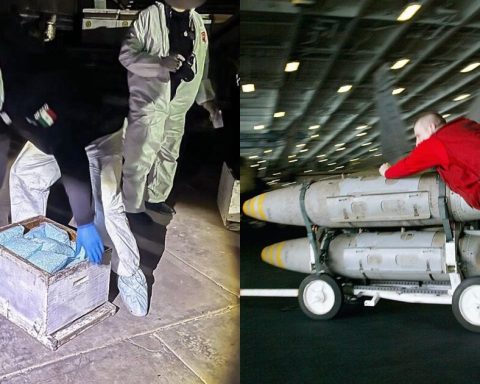The secretary of Infrastructure, Communications and Transportation (SICT), Jorge Nuño Lara, considered that the 108 business days proposed to “harmonically” move 360,000 tons of cargo from the Mexico City International Airport (AICM), in reality they are a longer term: 156 calendar days and that the International Airport Felipe Angeles (AIFA) is a suitable alternative for companies.
In a statement, the agency reported that the official led a meeting with national and foreign representatives of the aviation sector to learn about the facilities of the cargo area of the new airport.
During the meeting, he thanked those present for their openness to dialogue and called for teamwork to draw up a plan, in order to see how it is possible to meet the goal of relocating cargo operations.
Given the saturation presented by the AICM, “the decision has been made to structure a multi-airport system, given the progressive limitation that the AICM had to meet the growing demand for passengers and cargo,” it was explained.
Nuño Lara specified the relevance of those involved in the migration focusing on taking advantage of the time and the advantages that AIFA has, because that allows for a new beginning.
“This is going to be under our control and we will be able to do it, without a doubt, in the 156 calendar days that we have,” he emphasized.
According to the SICT, the AIFA is an infrastructure with more direct access to the fiscal precincts, some of them with double access, with a greater capacity in the fiscal route that facilitates more expeditious reviews due to the electronic transfer of the petitions.
The secretary pointed out that during the already established period, the agency he heads, the Federal Civil Aviation Agency (AFAC), customs, the airport and each of the agents that have some authorization issue, will be working 24 hours.
Another incentive mentioned was that of the AIFA airport rates: it is important to mention that they are among the lowest in the country, between 41 and 52% less than the average of other airports, as well as availability of schedules to accommodate dedicated cargo operations throughout the day.

















